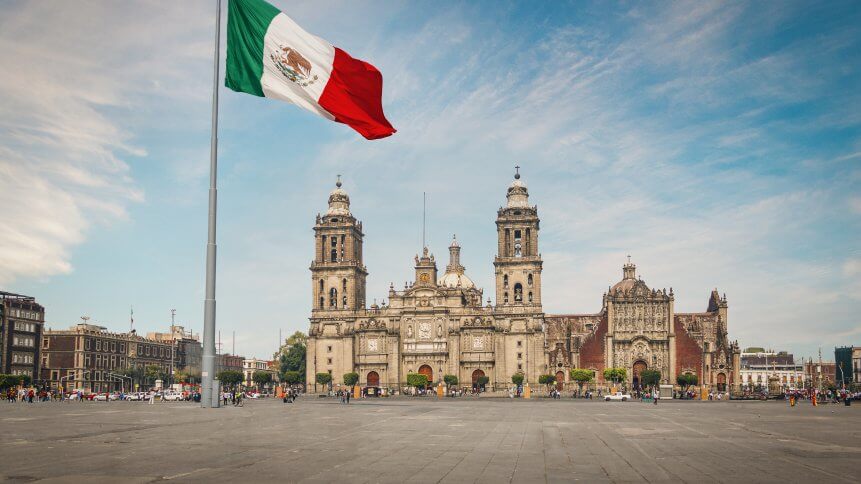Mexican fintech going offline for customer acquisition

- Mexican fintech startup Bankaya is taking a different path to acquire customers
- The number of fintech startups in Mexico increased by 23% since 2016 and reached 441 by mid-2020, having attracted more than US$1.3 billion in venture capital
- To date, 55% of Bankaya customers are women, and 59% earn income below the national average of $ 600 per month, while 69 % do not have a credit card
Online banking has become a way of life for most people in Mexico. But as mobile payments gain popularity, fintech startup Bankaya is taking a different path to acquiring customers.
Their model focuses on going offline to increase their offline exposure and build brand loyalty. The fintech startup has been remarkably successful in Mexico, acquiring more than 450,000 clients nationwide.
Founded by CEO Mauricio Cordero, Ramón Chedraui and Diego Vargas, Bankaya offers an innovative solution to Mexicans who have limited access to traditional financial services.
The fintech company’s target customers are the 50 million unbanked people in Mexico. Most of these people live on a few dollars a day, work in agriculture, and have limited access to banks or financial services.
Mexicans’ growing knowledge of banking products
The World Bank estimates that more than 1.7 billion people worldwide don’t have a bank account. And in Mexico, more than half of Mexican households don’t save money in financial institutions in Mexico. Only six out of 100 have access to financial services in rural areas.
The transparency of fintech options has played a big part in Mexicans adopting the innovative technology as they have little trust in banks.
According to the World Bank, among the factors for this lack of financial service use are insufficient knowledge of financial products and benefits and an inadequate access network, especially in rural areas.
Bankaya has processed more than 800,000 transactions from its customers, including purchases, deposits, withdrawals, bank transfers and payments for services.
This acquisition occurs through the fintech’s street debit card kiosks at supermarkets and vaccination centers. To date, 55% of Bankaya customers are women, and 59% earn income below the national average of US$600 per month, while 69% do not have a credit card.
BaaS (Banking as a Service) platform
Bankaya is built on a BaaS (Banking as a Service) platform affiliated with 50 banks in Mexico. The app has a digital map that is free for the user. The startup has a loyalty partnership with Chedraui, one of the largest retailers in the country.
When Bankaya users buy goods in stores with their debit cards, they receive 5-to-10% cashback on their Chedraui wallets.
Bankaya is also launching a Buy Now, Pay Later platform to receive loan installments through the app. It works directly with the customers and is not a credit card, and the startup doesn’t accept merchants.
YOU MIGHT LIKE

The UK seeks balance to best serve fintech startups
Mexico – the hub of fintech in Latin America
Interestingly, Mexico has been and is still leading the fintech charge in Latin America. The number of fintech startups in Mexico has increased by 23% since 2016 and reached 441 by mid-2020, having attracted more than US$1.3 billion venture capital.
In 2020, Mexico recorded a GDP of some US$1.076 trillion, ranking 15th globally. Its per capita GDP hits US$8,525, leading the pack in Latin America.
The country was also the first to implement a fintech law to balance fintech innovation and regulatory risks.









